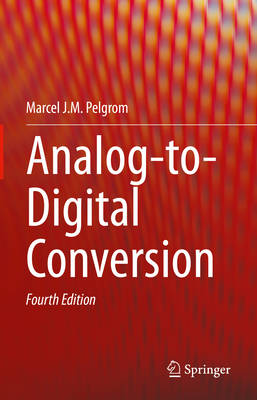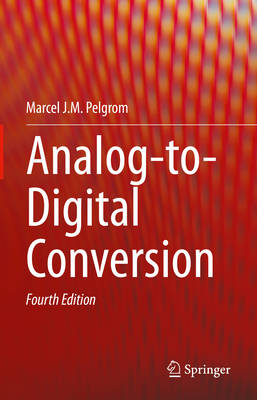
- Retrait gratuit dans votre magasin Club
- 7.000.000 titres dans notre catalogue
- Payer en toute sécurité
- Toujours un magasin près de chez vous
- Retrait gratuit dans votre magasin Club
- 7.000.0000 titres dans notre catalogue
- Payer en toute sécurité
- Toujours un magasin près de chez vous
Description
This textbook is appropriate for use in graduate-level curricula in analog-to-digital conversion, as well as for practicing engineers in need of a state-of-the-art reference on data converters. It discusses various analog-to-digital conversion principles, including sampling, quantization, reference generation, Nyquist architectures and sigma-delta modulation. This book presents an overview of the state-of-the-art in this field and focuses on issues of optimizing accuracy and speed, while reducing the power level.
This new, fourth edition emphasizes novel calibration concepts, the specific requirements of systems, the consequences of advanced technology and the need for a more statistical approach to accuracy. Pedagogical enhancements to this edition include additional, new exercises, solved examples to introduce all key, new concepts and warnings, remarks and hints, from a practitioner's perspective, wherever appropriate. Considerable background information and practical tips, from designing a PCB, to lay-out aspects, to trade-offs on system level, complement the discussion of basic principles, making this book a valuable reference for the experienced engineer.
Spécifications
Parties prenantes
- Auteur(s) :
- Editeur:
Contenu
- Nombre de pages :
- 1011
- Langue:
- Anglais
Caractéristiques
- EAN:
- 9783030908072
- Date de parution :
- 16-03-22
- Format:
- Livre relié
- Format numérique:
- Genaaid
- Dimensions :
- 156 mm x 234 mm
- Poids :
- 1628 g

Les avis
Nous publions uniquement les avis qui respectent les conditions requises. Consultez nos conditions pour les avis.






